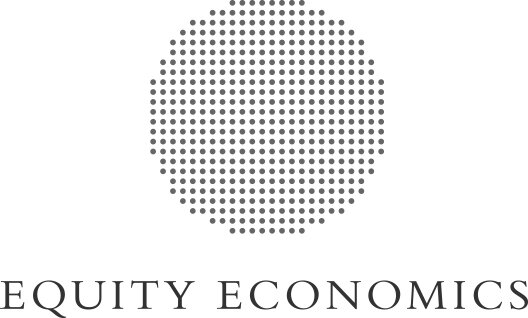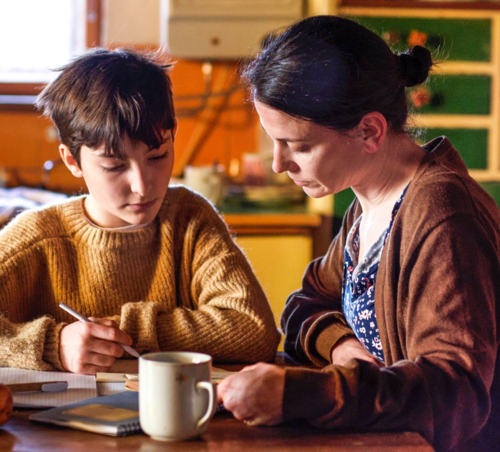Changing the Trajectory: Investing in Women for a Fairer Future
Summary
Equity Economics prepared a report Australians Investing in Women, Gender-wise Investing: A Springboard to Australia’s Recovery , in April 2020 to analyse the impact of COVID-19 on women in Australia.
The research offered compelling evidence about the gendered impacts of the pandemic to help inform effective philanthropic investment. This report tracks the fault lines the pandemic has exposed in the lives of young women, and just as worryingly, the potential for these cracks to widen without intentional action. It identifies the key issues, presents the evidence and analysis and indicates the action we need to take to avert further regression on gender equality.
Findings
The findings reveal Australia’s faltering progress towards gender equity.
Young women aged 15-24 years accounted for 7.5 per cent of the labour force at the start of the pandemic, but made up:
22% of job losses between February 2020 & May 2020; and
58% of job losses between June 2021 & September 2021.
Analysis by Equity Economics shows that at the height of the pandemic in May 2020:
There was a 28% increase in the number of young women not in education or employment, compared to a 20% increase in the number of young men.
Young women without a post-school qualification lost the most jobs across all age and education groups, accounting for 125,000 job losses between February and May 2020. Our analysis shows that this was driven by the overrepresentation of young women without a post-school qualification in the industries most impacted by lockdowns.
Worryingly women also accounted for the largest fall in post-school education enrolments during the height of the pandemic:
Women comprised 78% of the fall in post-school education and training enrolments from May 2019 to May 2020.
The fall in student numbers occurred across most education levels, but was particularly pronounced for young women aged 15 to 24 years studying for Certificate III/IV where there was a drop of 34,300.
There is a clear need to strengthening young women’s education and training pathways; women’s transition into and sustained attachment to employment; women’s business opportunities; and pursue broader initiatives to support gender equity in Australia.
Read the full report



